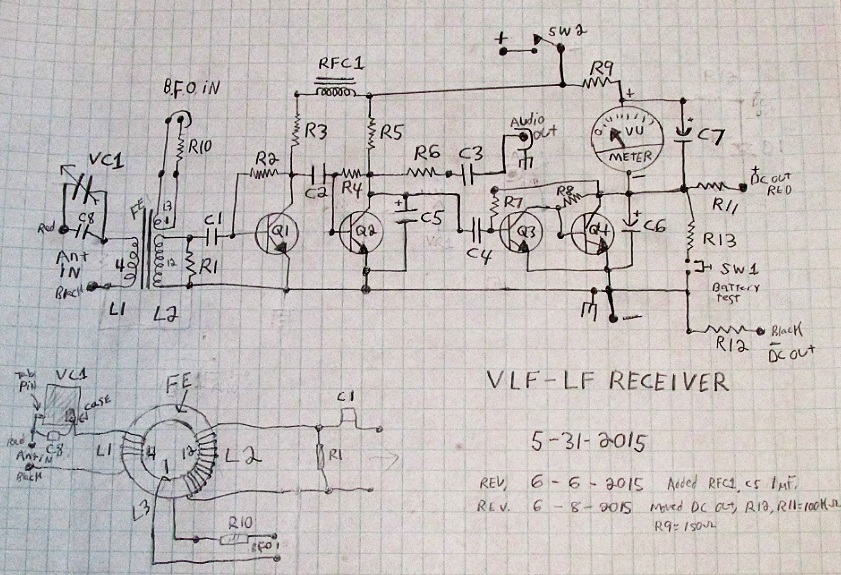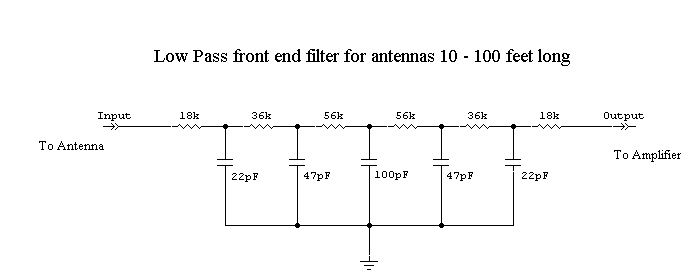

The prototype is not very rugged as the earth and aerial keep falling out, so the next part is to replicate it on veroboard and fully solder it.Īnd that I think is where everything will get rather more tricky! So if you have ever wondered about trying it, give it a go. I took it out into the garden and I think that all the A/C power cables nearby are interfering, but I could start to hear the frying pan sound of lightning.įollowing the schematic was fun, and although the circuitry is all over the place it wasn't as difficult to do as I thought it would be - a bit like a crossword or sudoku. To my considerable surprise when I turned it on I could hear it making a humming noise.

The aerial is the looped wire with the knot in the end, while the wire seemingly connected to nothing is the earth. I then ordered a breadboard and enough components to make four (insurance from accidents, dodgy soldering, rabbit attack etc).Īfter a day of poring over the diagram and adding components to the breadboard the creation in the photo came into being. In the end I opted for the peanut butter radio in the following link Electronics has always been a bit of a mystery to me, I understand what the individual bits do but arranging them to do something useful other than lighting up a LED is beyond me. I had stumbled onto some websites showing circuit diagrams for VLF radios to listen for lightning - the astronomy bit is that they can also apparently pick up the effects auroras :). So I had been thinking about a little project for my holiday. I need to get round to building a case for my ST102, but with a lot of diy recently I can't quite face any more sawing.


 0 kommentar(er)
0 kommentar(er)
